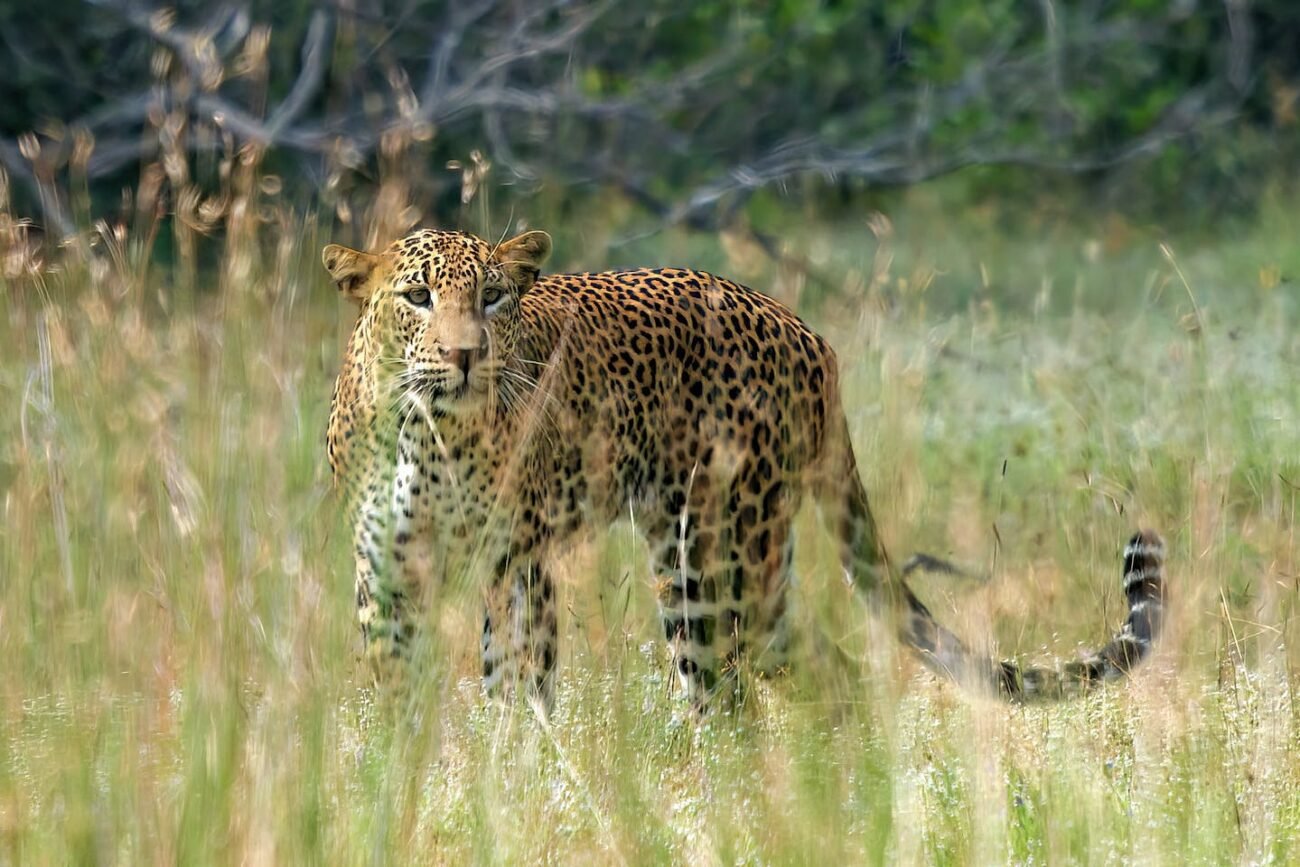Situated in Islamabad, the capital city of Pakistan, the Margalla Hills stand as a branch of the lesser Himalayas, known for their scenic vistas and rich biodiversity. The range is not only a hallmark of the city’s landscape but also a hub for ecotourism and outdoor activities, drawing the attention of nature enthusiasts and researchers alike. The fame of the Margalla Hills extends beyond their beauty, as they house the Margalla Hills National Park, a protected area that serves as a sanctuary for a spectrum of wildlife.

The biodiversity within the Margalla Hills is a tapestry of various species of flora and fauna. Mammals such as the Indian leopard—although a rarer sight—alongside more commonly observed animals like the Rhesus macaque, Jungle cat, and numerous birds, reside within this ecological niche. The woodlands of pine and oak, interspersed with shrubs, provide a conducive habitat for these creatures, and the seasonal torrents and springs further enrich the landscape, supporting the wildlife therein.
Adding to the natural splendor, the verdant Margalla Hills are emblematic of urban greenery harmoniously coexisting alongside a bustling metropolis. This proximity allows for educational and recreational opportunities, making the hills famous for their natural allure and the accessibility they provide to witness diverse wildlife within a metropolitan vicinity. The Margalla Hills truly embody a natural gem within an urban setting, supporting a complex web of life and fostering a deeper appreciation for biodiversity.
Wildlife in Margalla Hills

The Margalla Hills National Park hosts a rich tapestry of wildlife, ranging from mammals to birds, and reptiles. This diverse ecological niche provides vital habitat for both common and endangered species.
Mammalian Inhabitants
Margalla Hills are known for their diverse mammal population. They are home to the Margalla leopard, which is a rare and endangered carnivore. These leopards occasionally descend from the higher Murree region, though sightings are uncommon. More frequently observed are the monkeys and wild boars. Monkeys, in particular, can often be seen along the trails leading to Pir Sohawa. The park also supports other species like the gray goral and barking deer.
Avian Species
The avian life in Margalla Hills is vibrant, with the park housing an impressive 402 bird varieties. This bird population includes both resident species and migratory birds, which find refuge in the park’s lush greenery and abundant food sources. The dense forests provide an ideal habitat for these birds, contributing to the park’s acoustic landscape with their diverse calls and songs.
Reptiles and Amphibians
Reptiles and amphibians are an integral part of the ecosystem in the Margalla Hills. The park provides necessary climates and conditions for a variety of 27 species of reptiles. Due to the preservation efforts and the diverse plant life that supports these species, they maintain a stable presence in this Sino-Himalayan region.
Conservation Efforts and Challenges

The Margalla Hills National Park (MHNP) embodies a critical habitat for diverse species. Notwithstanding the conservation attempts, these hills face significant peril from environmental and anthropogenic stressors.
Protection Policies
The Pakistani Ministry of Environment has embedded robust protection policies under the Green Pakistan Programme (GPP) to safeguard the Margalla Hills’ ecosystem. Initiatives include reforestation and plantation drives aimed at mitigating the impacts of deforestation and climate change. These efforts are further strengthened by regulations enforced by local bodies, such as the Islamabad Wildlife Management Board (IWMB), to oversee and manage the park’s welfare.
- Key Policies:
- Plantation drives to increase forest cover
- Enforcement of wildlife protection laws
Environmental Threats
The Margalla Hills are no stranger to environmental threats that compromise their ecological integrity. Climate-induced challenges like droughts and floods, coupled with human-induced pressures such as illegal logging, have led to notable decreases in biodiversity. The development around the region, including construction projects like the proposed chairlift by the Pakistan Tourism Development Corporation (PTDC), poses additional disturbance to this fragile habitat.
- Notable Threats:
- Climate change: Droughts and floods
- Deforestation: Illegal logging and land encroachment
- Construction: Infrastructure projects
Community Involvement
Involvement of the local communities is pivotal in amplifying the conservation measures as they play an integral role in both the utilization and preservation of the park. Educational programs, along with inclusive policymaking, are employed to sensitize residents towards the value of the Margalla Hills. It ensures that the community acts as stewards, helping in the reporting of illegal activities and participating in conservation efforts.
- Community Actions:
- Educational outreach
- Participation in environmental stewardship
